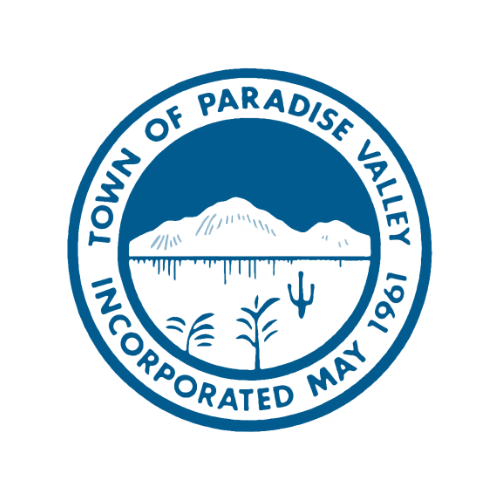Metro Phoenix / Communities / Paradise Valley
Paradise Valley Overview
Nestled in the heart of Metro Phoenix, between Phoenix and Scottsdale, Paradise Valley earned its name in 1889 when surveyors were captivated by the serene beauty of its mountains and desert landscape. The town was officially incorporated in 1961, driven by residents’ desire to maintain low-density zoning, with a minimum of one acre per home, and to preserve the area as a primarily residential community with minimal government oversight. Over the years, the residents of Paradise Valley have remained committed to this founding vision, striving to uphold the town’s unique character and tranquil atmosphere.
The Town of Paradise Valley offers easy access to recreation, biking, and hiking trails within the Phoenix Mountains Preserve, Mummy Mountain, and Camelback Mountain.
History
In the late 1800s, the area now known as Paradise Valley was primarily used for cattle grazing, surrounded by the striking McDowell Mountains to the east and Camelback Mountain to the south. In the 1880s, the Rio Verde Canal Company transformed this open range into fertile farmland through irrigation. When three surveyors from the company arrived in 1889, they were so captivated by the desert’s beauty and tranquility that they named the area “Paradise Valley.”
Significant settlement in Paradise Valley didn’t take place until after World War II. At that time, the area was still a quiet, rural residential region with minimal commercial development.
In the late 1950s, the neighboring cities of Phoenix and Scottsdale sought to extend their boundaries. Residents of Paradise Valley, however, were concerned that this expansion would disrupt their rural lifestyle and lead to the encroachment of subdivisions, shopping centers, increased zoning regulations, and higher property taxes. To preserve their way of life, concerned citizens formed a committee. This committee circulated petitions advocating for incorporation with the goal of maintaining the area’s large-lot zoning (one house per acre), keeping it strictly residential, and minimizing government intervention.
In April of 1961, the committee presented their petition to the Maricopa County Board of Supervisors, and on May 24, 1961, the Town of Paradise Valley was officially incorporated, ensuring the preservation of its rural charm and low-density character.
City Government
Paradise Valley operates under a council-manager form of government. The governing body consists of a mayor and six town council members, all elected at large to represent the community. The Town Council holds the responsibility of appointing key officials, including the town manager, the town attorney, and the presiding judge.
The mayor is elected to a two-year term, while council members serve four-year terms, staggered to ensure continuity. After each election, the mayor and council select a vice mayor from among the council members.
In contrast to most municipalities, elected officials in Paradise Valley receive no compensation for their service. The mayor, vice mayor, and council members all serve without salary or financial benefits from the town.
Business
Resorts and Spas: Paradise Valley is home to several world-class resorts, spas, and wellness retreats, including the Sanctuary Camelback Mountain and the JW Marriott Camelback Inn. These destinations attract high-net-worth visitors looking for high-end luxury experiences.
Aesthetic and Wellness Services: Paradise Valley’s population includes a high proportion of affluent individuals interested in high-quality healthcare, wellness, and aesthetic services. The health-conscious community supports businesses like fitness centers, personal training services, yoga studios, and wellness coaching.
Professional Services: Strong demand exists for wealth management, private banking, legal advisory, and financial planning services. Firms offering bespoke, concierge-level services for affluent clients can thrive in this market. Paradise Valley residents often include business owners and executives who benefit from niche consulting, strategic advisory services, and investment consulting, creating opportunities for specialized B2B services.
Transportation
Paradise Valley is centrally located and is well-connected to bordering cities, Scottsdale and Phoenix.
State Route 51 (Piestewa Freeway): Located just west of Paradise Valley, SR-51 provides a major north-south connection through Phoenix, offering quick access to Downtown Phoenix, Sky Harbor International Airport, and other important destinations.
Scottsdale Road: Main arterial north-south road for Paradise Valley residents.
Lincoln Drive: East-west road, connecting to Scottsdale and Phoenix. It serves as the main artery for local traffic within Paradise Valley, connecting to Tatum Boulevard and Scottsdale Road.
Tatum Boulevard: Major north-south arterial route that provides access to nearby Phoenix neighborhoods and business centers.
2023 Population (estimate)
Town of Paradise Valley: 13,465
Arizona: 7,427,991
Median Household Income (2022)
Town of Paradise Valley: $385,643
Arizona: $74,568
Estimated Home Value (2024)
Town of Paradise Valley: $3,176,800
Arizona: $431,495
Median Age (2022)
Town of Paradise Valley: 54.9
Arizona: 38.8
Land area: 15.5 square miles
Population density:
868 people per square mile




